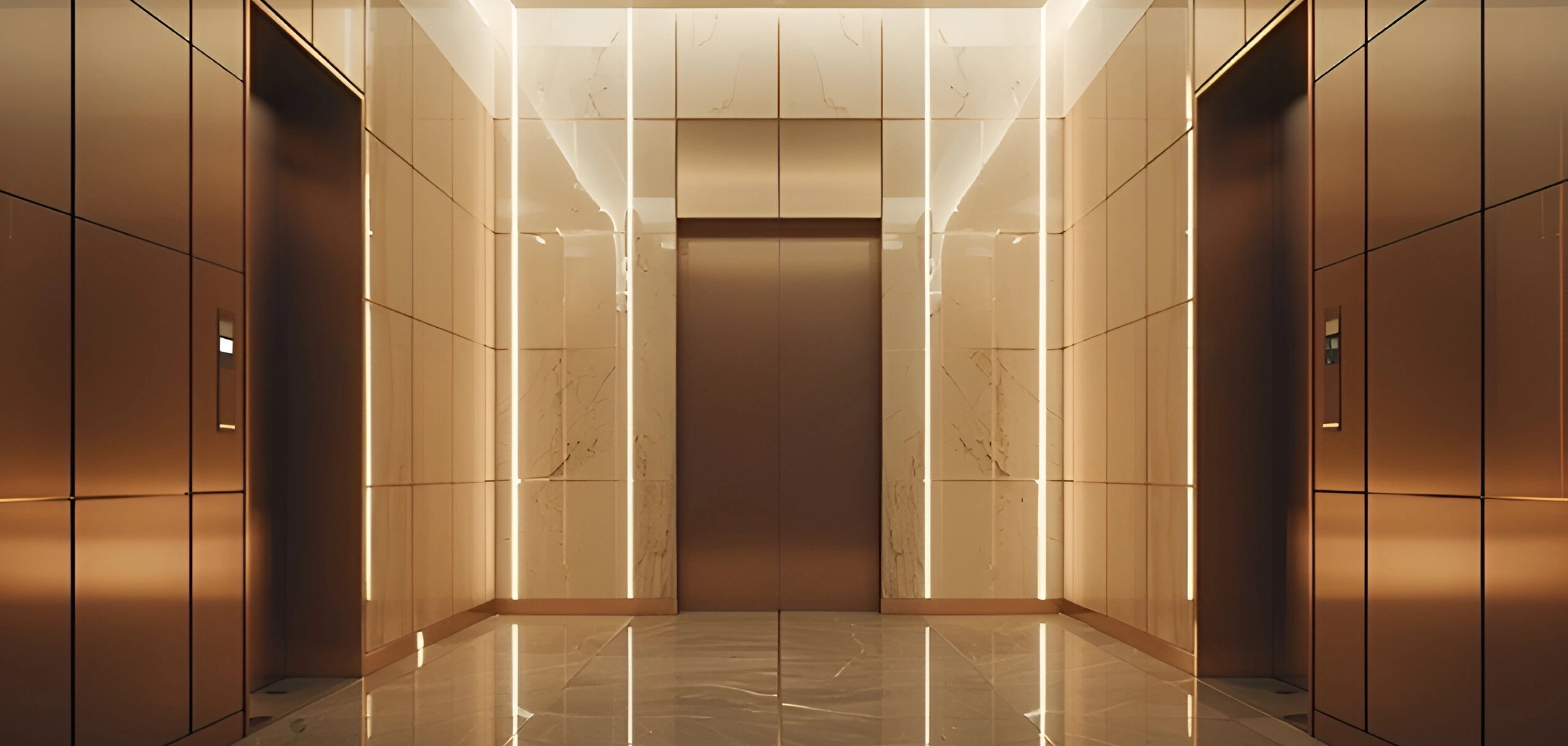
Passenger Elevator Installations in Rajasthan
Home Passenger Elevator Installations in Rajasthan

Date :2025-08-02
In the convergence of Rajasthan's rich heritage and new age growth, vertical transportation is quietly changing the way people live, move, and communicate. Passenger elevators, hitherto a metro city luxury, are today a necessity in urban as well as small towns across the state—ranging from Jaipur's business towers to Udaipur's heritage hotels and expanding healthcare centers.
Behind each silky-smooth ride is a carefully devised, meticulously carried out elevator installation. And within that process is an interconnected grid of seasoned engineers, safety experts, and design visionaries dedicated to bringing modern vertical solutions into being in a state that honors tradition with modernity.
At the forefront of companies doing this is DT Allianz Lifts, providing end-to-end elevator installation services that specialize in quality, comfort, and compliance throughout Rajasthan.
The installation of a passenger elevator is a very technical operation with much more than just fitting a lift into a shaft. It involves:
Cities such as Jaipur, Kota, and Ajmer are undergoing fast urbanization. With the increase in high-rise residential buildings, commercial complexes, and hospitals, elevators are now a requirement, not an added luxury.
Elevators encourage the mobility of the elderly, differently-abled, and patients within multi-level structures. In hospitals and government offices, accessibility is now mandatory by law and ethics.
Placing elevators in historic heritage buildings—particularly hotels and public structures—calls for careful design that will merge with the architectural heritage without compromising on contemporary convenience.
With changing construction standards, a certified elevator with high safety standards becomes crucial to achieve building permits and ensure the safety of occupants.
A professional installation service takes care of every aspect, from feasibility study to handover. The major steps involved are:
Touchless and app-based control panels are increasingly becoming popular due to convenience and hygiene, particularly in busy buildings.
New elevators incorporate regenerative drives that return unused energy into the system—reducing electricity costs and environmental footprint.
From stainless steel to glass walls, mirror panels to LED lighting—elevator cabins can now be tailored to reflect a building's brand and user experience.
Intelligent dispatching optimizes traffic flow by clustering passengers bound for similar floors, lowering waiting time and congestion.
Current systems feature sensors and web-based diagnostics that notify service teams when they fail—allowing for rapid response.
| Challenge | Solution |
|---|---|
| Heritage building restrictions | Tailored designs, small lifts, and heritage-sensitive finishes |
| Power supply inconsistencies | Backup power integration and voltage stabilizers |
| Space constraints within older structures | Application of machine-room-less or compact shaft designs |
| Harsh weather and dust | Weather-proofed panels as well as sealed components for added durability |
| Rural skill shortage | Local training schemes and skilled in-house staff |
Professional elevator installation isn't only about convenience—it's about:
An elevator is a machine, but it's made for people. It takes seniors to rooftop gardens, children to school floors, and the sick to emergency rooms. Every installation is a promise of dignity, accessibility, and advancement.
Whether it's a boutique hotel in Udaipur or a hospital in Jodhpur, elevator installations are the dreams of an emerging Rajasthan—vertical, inclusive, and future-ready.
And with DT Allianz Lifts providing customized installation services throughout the state, buildings can now soar with the confidence of modern mobility supported by fine craftsmanship and firm safety standards.
Installation usually takes 4–8 weeks subject to the type of building, elevator model, and site preparation.
Yes. With the appropriate structural assessment and adaptation, elevators can be installed in most old buildings.
Normal safety provisions are overload sensors, emergency brakes, auto rescue devices, intercoms, and door protection systems.
Regular maintenance is advised once a month. Preventive maintenance adds to lifespan and makes users safe.
Yes, elevators need to follow Indian safety standards and usually have to get inspected and certified by local authorities prior to use.